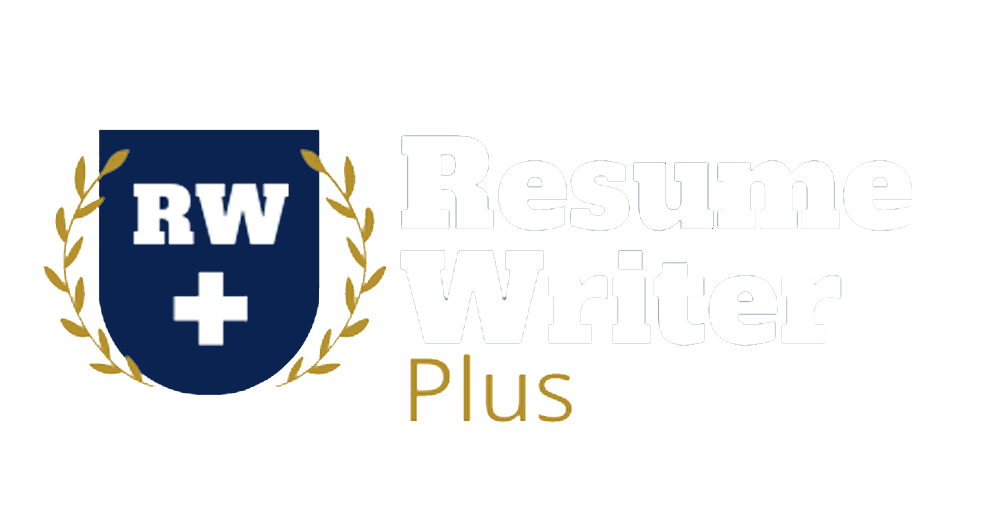In this guide, we will walk you through everything you need to know about making the perfect resume. We’ll give you tips on how to format it, what content to include, and even how to design it! So whether you’re just starting out or you’ve been making resumes for years, this guide is for you!
Types of Resumes:
There are three main types of resumes: chronological, functional, and hybrid.
Chronological resumes are the most common type of resume. They list your work experience in reverse chronological order, starting with your most recent position and working backward. This type of resume is best for people who have a steady work history and clear career progression.
Functional resumes focus on your skills and experience, rather than your work history. They are often used by people who are changing careers or who have gaps in their employment history.
Hybrid resumes are a combination of the two above. They list your work history as well as your skills and experience. This type of resume is best for people who have some work history but also want to highlight their skills and experience.
When to Use Them:
Chronological resumes are best for people with a steady work history and clear career progression. If you have been working in the same field for several years and are looking to move up within your company, this is the type of resume for you.
Functional resumes are best for people who are changing careers or who have gaps in their employment history. If you are starting a new career or are transitioning from one field to another, this is the type of resume for you.
Hybrid resumes are best for people who have some work history, but also want to highlight their skills and experience. If you have been working in your field for a few years and are looking to move up within your company, or if you are changing careers and want to highlight your skills and experience, this is the type of resume for you.
Now that we’ve covered the different types of resumes, let’s talk about content!
What to Include:
When it comes to resumes, content is king. But what exactly should you include? Here’s a rundown of the most important things to include on your resume:
Your name and contact information: Include your full name, address, phone number, and email address.
A summary: A summary is a brief overview of your skills and experience. Think of it as an elevator pitch for your resume.
Your work history: Include your previous positions, employers, job titles, and dates of employment.
Your education: Include the schools you’ve attended, degrees earned, and any relevant coursework.
Skills and experience: Include any relevant skills or experience you have. This could include things like computer skills, foreign language proficiency, or industry certifications.
Other information: You can also include other information on your resumes, such as volunteer work, awards, and recognitions, or hobbies and interests. However, this is not required and should only be included if it is relevant to the job you are applying for.
How to write a perfect resume that stands out
While the content of your resume is important, it’s also important to make sure that your resume looks good. After all, you want your resume to stand out from the rest! Here are a few tips on how to make your resume look its best:
Use white space: Don’t be afraid to use white space on your resume. This will help break up the text and make it easier to read.
Use headings and subheadings: Use headings and subheadings to organize your information. This will make it easier for employers to find the information they’re looking for.
Keep it simple: When it comes to resumes, less is more. Stick to a design and format, and avoid adding unnecessary information.
Use a professional font: When choosing a font for your resume, go with something simple and easy to read. Avoid using fancy or decorative fonts, as they can be difficult to read.
Stick to a standard format: There is no need to get creative with the format of your resume. Stick to a standard format that will be easy for employers to read and understand.
Tips for formatting your resume
Now that you know what to include on your resume, let’s talk about how to format it. Here are a few tips to keep in mind when formatting your resume:
Use clear and concise language: When writing your resume, be sure to use clear and concise language. Avoid using jargon or technical terms that may not be familiar to everyone.
Stick to a standard font: As mentioned above, it’s important to use a font that is easy to read. Stick to a standard font such as Times New Roman, Arial, or Calibri.
Use bullet points: Bullet points are a great way to organize information on your resume. They make it easier for employers to find the information they’re looking for.
Keep it to one page: Unless you have a lot of experience, it’s important to keep your resume to one page. This will make it easier for employers to read and understand.
Save it as a PDF: When sending your resume electronically, be sure to save it as a PDF. This will ensure that your resume looks the same on all devices.
Now that you know what to include to make the perfect resume and how to format it, you’re ready to start writing! Just remember to keep it clear, concise, and easy to read, and you’ll be sure to wow potential employers. Good luck!

0 Comments